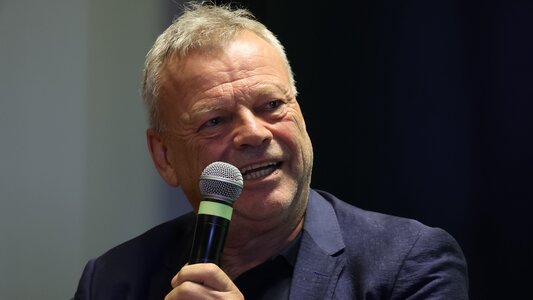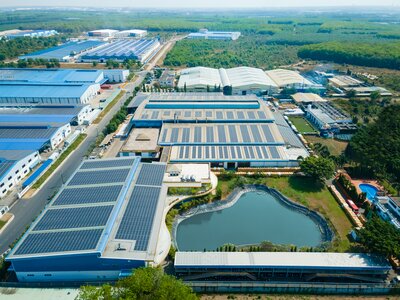8 July 2025
With over three decades of experience in the leather industry, ISA Next-Gen Materials understands how compliance and regulation, along with the adoption of new technologies and the establishment of industry benchmarks, have shaped the industry and led it to its current state.
This is the result of a collaborative effort with Leather Working Group and the industry as a whole to face up to the challenges of an evolving market and the environmental crisis.
We asked Carl Flach, Senior Director for Operational Strategies at ISA Next-Gen Materials, about how the company’s collaboration with Leather Working Group has yielded positive results on its efforts to reduce its impact on the environment. Here, he describes in his own words some of the steps ISA has taken to reduce its environmental footprint.

- Installation of photovoltaic solar systems
“A photovoltaic solar system with a capacity of 1,480 KWP was installed at our primary tannery Vietnam, saving around 1.82K tons of standard coal. In total 2.17K tons of CO2 was avoided because of this installation. Now we are planning to install an additional photovoltaic solar system to generate power at our second tannery in Vietnam and we estimate that around 20 percent of the total power there will be generated by our own solar systems.” - Slow spinning drums in retanning areas
“Collaborating with Leather Working Group has helped with the acceleration of best practices across our operations. For example, in all of our facilities, we are using only slow spinning retanning drums for production, spinning 3-5 rounds per minute compared to the conventional drums which spin 12-15 rounds per minute. This saves approximately 60 percent of the energy used in the retanning area when compared with a conventional retan area.” - Solar water heaters on the roof of facilities in Asia
“In 2024, the solar hot water system generated approximately 566,939 KWh at our site in China, 812,603 KWh at our main site in Vietnam, and 622,830 KWh at our second site in Vietnam. As a result, approximately 1,342 kilotons of CO2 emissions were avoided.” - Reducing noise pollution
“We work continuously with internal and external experts, and Leather Working Group has had a great influence on the onsite management and taken out a lot of the mystery of what is acceptable and what is unacceptable. One new initiative is to soundproof all our staking machines in order to bring down the noise pollution, and we are happy to report that generally we have managed to get under the 85 decibels which according to local regulations are necessary for working without hearing protection.”

“These are just a few examples of what we have done over the past 20 years in collaboration with LWG to reduce the environmental footprint of our conventional leather production and create a basis for the modern and sustainable manufacturing of leather. In that time, our collaboration with LWG has also enabled benchmarking and standardisation within the industry, which supports our LITE (Low Impact To the Environment) leather metrics and concept.
“The establishment of Leather Working Group and the continuous improvement of industry benchmarks have driven greater transparency and accountability in the leather industry through reliable data and collective effort.
“At a time when global action is crucial to address environmental crises, sustainability undoubtedly plays a vital role in business operations. Trusted industry benchmarks and science-backed data are essential for accurately measuring progress and setting realistic goals. Achieving sustainability requires regulation and industry collaboration to create meaningful, lasting change, which is key to closing deals and driving financial growth.”
